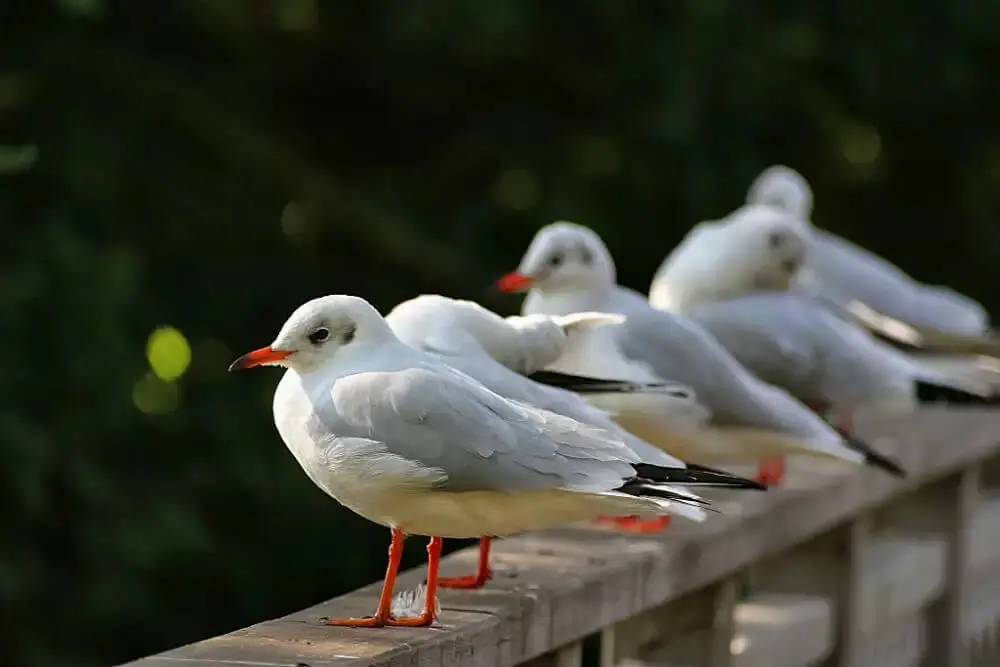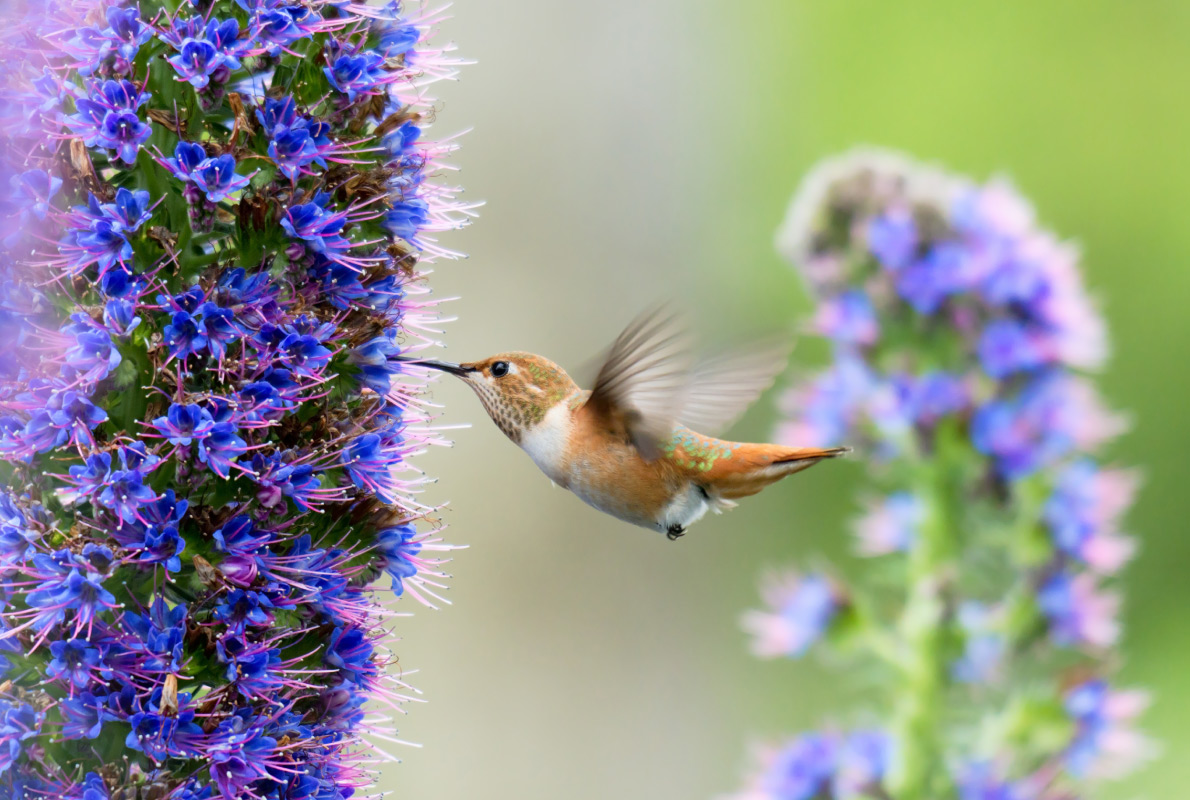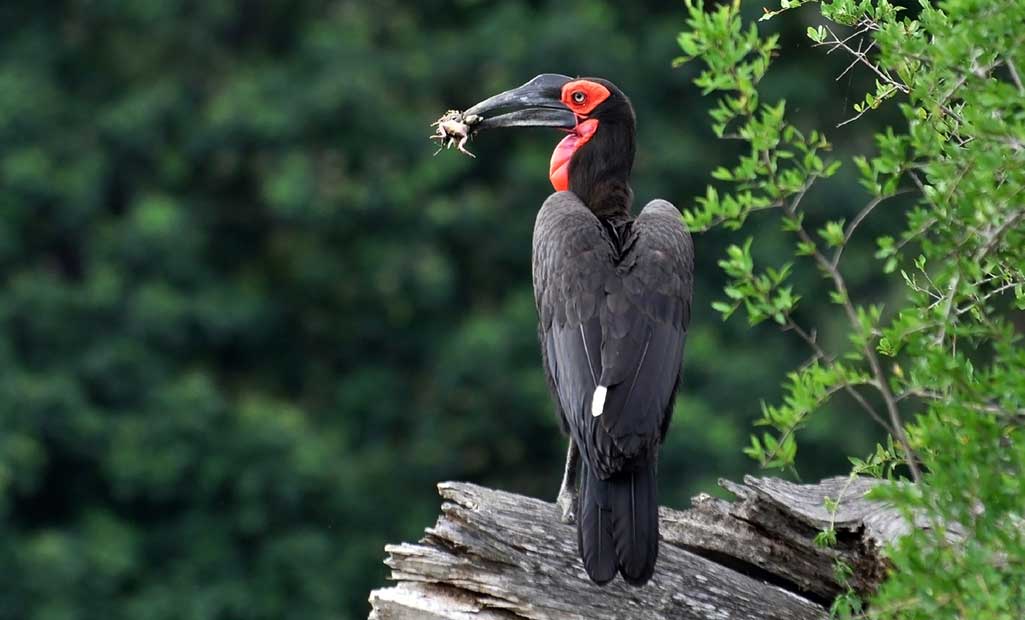Endangered birds and the importance of conservation
The world is home to a diverse range of bird species, but unfortunately, many of them are on the brink of extinction due to various threats. Some of the most endangered birds include the Hawaiian Crow, Philippine Eagle, California Condor and the Kakapo. These birds face numerous challenges such as habitat loss, poaching and climate change.
Conservation efforts are crucial for these endangered bird species as they play an essential role in maintaining ecological balance. Birds help pollinate flowers, spread seeds and control insect populations. They also serve as indicators of environmental health; declining bird populations are often a sign that their habitats are under threat.
To conserve these endangered birds, conservationists employ various strategies such as habitat restoration and protection, captive breeding programs and anti-poaching measures. The involvement of local communities is also vital in conservation efforts as it helps raise awareness about the importance of protecting these threatened bird species. Ultimately, conserving endangered birds not only benefits wildlife but also helps safeguard our planet’s biodiversity for future generations.
The definition of an endangered bird species
Endangered birds are those that are at risk of extinction due to various factors such as habitat loss, hunting, and climate change. Some endangered bird species that require special conservation attention include the California Condor, African Penguin, and Kakapo.
The California Condor is one of the most critically endangered bird species in the world. The population was reduced to just 27 individuals by 1987 due to hunting and habitat destruction. Thanks to successful conservation efforts, there are now over 400 individuals in captivity and in the wild.
The African Penguin is another critically endangered bird species with a rapidly declining population due to habitat loss, oil spills, and overfishing. Conservation efforts have been focused on protecting nesting sites, creating marine protected areas for feeding grounds, and rehabilitating injured or sick penguins before releasing them back into the wild. Despite these efforts, their population continues to decline. The Kakapo parrot is a flightless bird endemic to New Zealand that has been heavily impacted by introduced predators such as rats and cats. With only around 200 individuals left in the world, conservationists have implemented intensive predator control programs and captive breeding programs to try and save this unique species from extinction.
Factors impacting bird populations
Factors impacting bird populations are numerous and complex. One of the most significant is habitat loss, caused by human activities such as deforestation and urbanization. This can disrupt breeding and nesting sites, as well as sources of food and shelter for birds. Climate change is also a major factor, affecting migration patterns and altering the timing of breeding seasons.
Another factor impacting bird populations is pollution, particularly in waterways where many birds feed or nest. Pesticide use in agriculture can also indirectly harm bird populations by reducing their food sources or causing reproductive issues.
Endangered bird species that require special conservation attention include the California condor, which was almost extinct in the 1980s before captive breeding programs helped to increase its numbers; the kakapo, a flightless parrot found only in New Zealand that has been threatened by habitat loss and predation; and the African penguin, whose population has declined due to overfishing, oil spills, and climate change. These species require targeted efforts to protect their habitats, control predators or poaching threats, and potentially establish captive breeding programs to boost populations.
Endangered bird species that require special attention:
One endangered bird species that requires special attention is the California condor. These majestic birds were once on the brink of extinction, with only 27 individuals remaining in the wild in the 1980s. Thanks to intense conservation efforts, their population has increased to over 400 individuals today, but they still face threats from habitat loss and lead poisoning. Efforts such as captive breeding programs and releasing birds into protected habitats have been crucial in their recovery.
Another endangered bird species that requires special attention is the African penguin. This iconic seabird has experienced a drastic decline in population due to overfishing and oil spills, with only around 13% of its original numbers remaining today. Conservation efforts include protecting their breeding sites, monitoring populations, and promoting sustainable fishing practices. The African penguin is also an important indicator species for the health of marine ecosystems and serves as a symbol for ocean conservation efforts.
1. California Condor
The California Condor is one of the most critically endangered bird species in the world. Once widespread across North America, their population declined dramatically due to hunting, habitat loss, and lead poisoning from ingesting bullet fragments while feeding on carcasses. In 1987, only 27 individuals remained in the wild, leading to a captive breeding program that has slowly helped increase their numbers.
Today, there are approximately 500 California Condors in existence, with around 200 living in the wild and the rest in captivity. Despite this progress, the birds still face numerous threats such as habitat loss and fragmentation, powerline collisions and electrocutions, and lead poisoning. Conservation efforts continue through monitoring programs that track their movements and health status as well as community education campaigns aimed at reducing lead ammunition use.
In addition to the California Condor, other endangered bird species requiring conservation attention include the Hawaiian Crow (‘Alalā), Philippine Eagle (Pithecophaga jefferyi), and Yellow-shouldered Amazon Parrot (Amazona barbadensis). These birds suffer from various threats such as habitat destruction caused by logging or mining activities; predation by invasive species like rats or feral cats; poaching for food or traditional medicine; or climate change-induced alterations to their environment. It is crucial that we take action now to protect these unique species before they disappear forever.
2. African Penguin
The African Penguin is one of the most endangered bird species in Africa and requires special conservation attention. These penguins are found along the southwestern coast of Africa, with a majority of the population residing on two islands located off the coast of South Africa. Sadly, their population has declined drastically over the years due to overfishing and habitat destruction.
These birds face many challenges in their natural habitats, including predation by gulls and seals, as well as oil spills that can harm their feathers. To combat these issues, there have been efforts to establish protected areas for nesting sites and increased monitoring of fishing activities in their habitats. Additionally, rehabilitation centers have been established to care for sick or injured penguins until they can be released back into the wild.
Despite these efforts, African Penguin populations continue to decline at an alarming rate. With less than 25,000 breeding pairs remaining in the wild today – down from over 1 million pairs just a century ago – it is crucial that more action is taken to protect this important species before it’s too late.
3. Whooping Crane
One of the most critically endangered bird species in the world is the Whooping Crane. These majestic birds are known for their striking appearance, with white feathers, black wingtips, and a distinctive red cap on their heads. Once found throughout North America, there are now fewer than 500 whooping cranes left in the wild. Habitat loss due to human development and climate change have been major factors contributing to their decline.
Conservation efforts for the Whooping Crane include captive breeding programs and habitat restoration projects. The International Crane Foundation has been instrumental in helping to save this species from extinction. They work closely with government agencies and other organizations to protect nesting sites, monitor populations, and raise awareness about these magnificent birds.
Despite these efforts, the whooping crane remains one of the most endangered bird species on our planet today. Continued conservation attention is crucial if we hope to ensure that future generations will be able to enjoy these beautiful creatures in their natural habitats.
4. Philippine Eagle
Conservation efforts for these endangered birds:
1. Habitat protection and restoration
2. Captive breeding programs
3. Laws and regulations to prevent hunting, poaching, and trafficking
Conclusion:
In conclusion, there are several endangered bird species that require special conservation attention. These include the California Condor, Hawaiian Crow, and the Northern Spotted Owl. The California Condor has been critically endangered since the 1980s due to habitat loss, hunting, and lead poisoning from bullets in carcasses they consume. Conservation efforts have included captive breeding programs, releasing birds into the wild with tracking devices for monitoring their success, and outreach programs to raise awareness about reducing lead exposure.
The Hawaiian Crow or ‘Alala is also critically endangered due to habitat loss and predation by introduced predators like rats and cats. Conservation efforts have included captive breeding programs and reintroduction into protected areas where populations can be monitored regularly for success rates. Additionally, community outreach programs work to educate individuals on ways they can reduce impacts of introduced predators on native wildlife.
The Northern Spotted Owl is an iconic owl species that has been threatened by habitat fragmentation from logging practices in western North America’s old-growth forests. Conservation efforts have focused on protecting remaining habitats through policy changes such as Endangered Species Act protections for the owl’s critical habitat areas. Forest management practices have been altered to better accommodate spotted owl nesting sites which are often large diameter trees with cavities needed for breeding pairs’ survival.
Overall, these three bird species represent just a few examples of why conservation efforts are necessary to protect our planet’s unique biodiversity.



